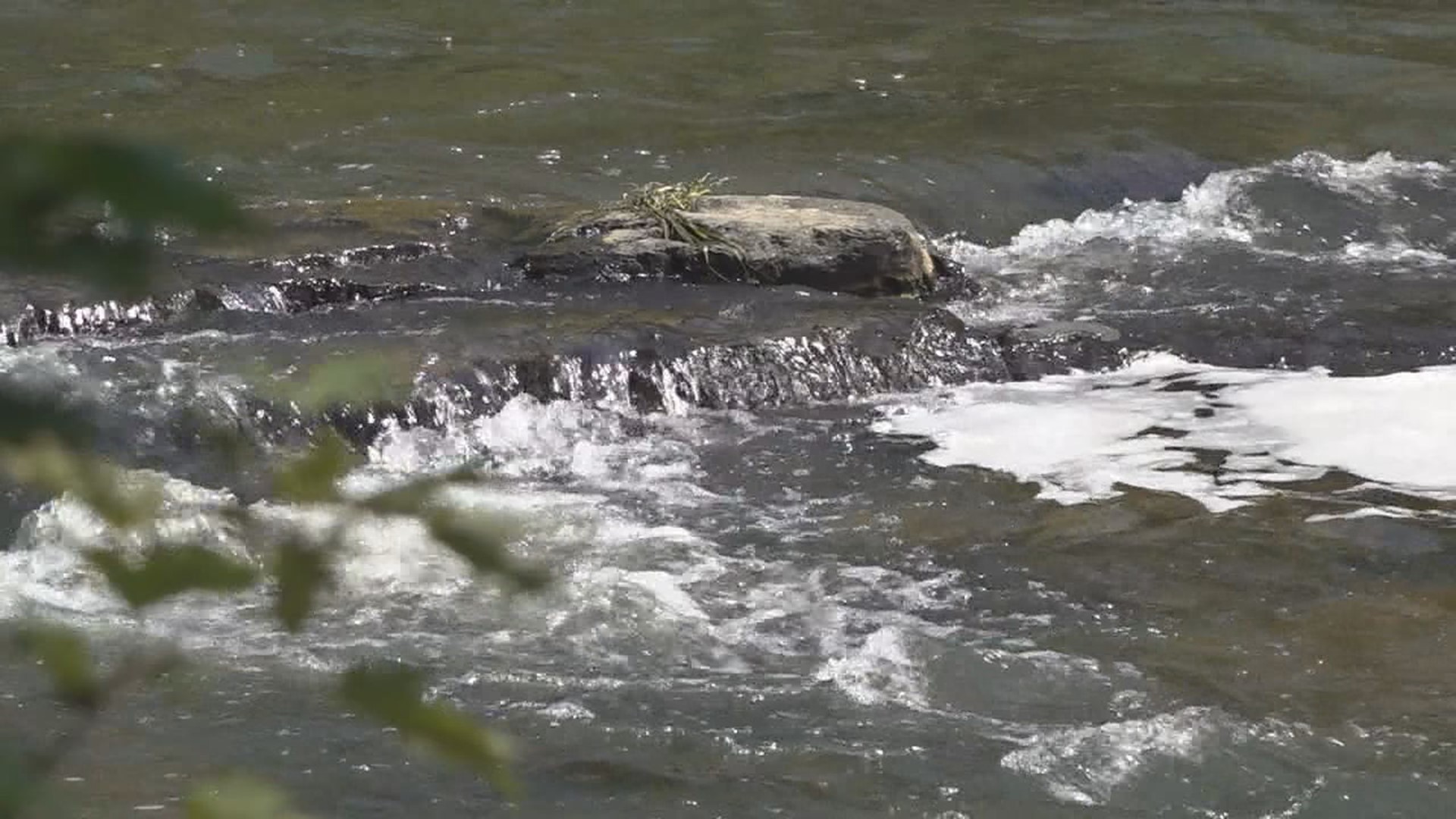YORK, Pa. — Many of Pennsylvania’s waters are flowing with dangerous materials, according to new environmental research.
Pennsylvania's Department of Environmental Protection reports 122 out of 161 rivers and streams are contaminated with PFAS, or “forever chemicals.”
Fifty-six rivers and streams had higher PFAS concentrations of at least 10 nanograms per liter. The Swatara Creek near Hershey, West Conewago Creek near Manchester, York County, and Chickies Creek near Marietta, Lancaster County were among those listed.
PFAS can cause a wide range of health problems, including reproductive issues and cancer.
“It can’t be this issue that’s hidden," said Ted Evgeniadis, the Lower Susquehanna Riverkeeper. "People all over the state need to be informed about it, either through public announcements or local municipalities should inform residents.”
Jimmy O'Connor, the vice president of the South Central Chapter of the Pennsylvania Council of Trout Unlimited, said the chemicals can also be found in freshwater fish and advises people to stick with catch-and-release fishing in streams and rivers.
“I think, right now, it’s an issue that’s probably not as understood as it should be," said O'Connor. “It’s incredibly dangerous from a PFAS perspective to consume that as a human. So, it’s of significant concern to address this issue."
On Wednesday, the DEP announced it will increase its monitoring of Pennsylvania waters for forever chemicals, as a result of the study's findings.
“Our findings have already helped, and will continue to help, guide DEP’s actions regarding where to focus resources on identifying, tracking, and addressing potential sources of PFAS contamination," said DEP Secretary Rich Negrin in a statement.
Evgeniadis believes this will be an important step, but added that it will take years to fully get PFAS out of the water.
“This stuff is everywhere. Let’s cut out the supply, but we’ll then have to address the aftermath and what’s been left behind, because these compounds don’t break down," said Evgeniadis.

